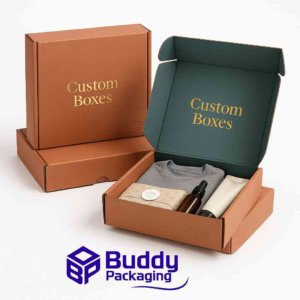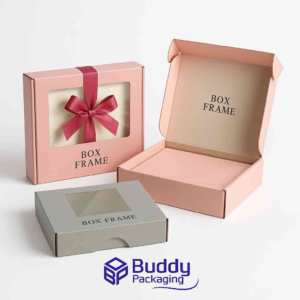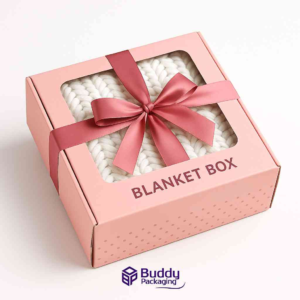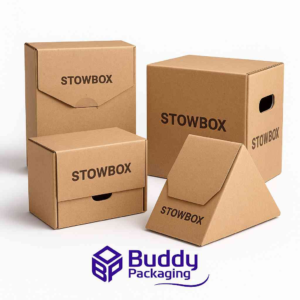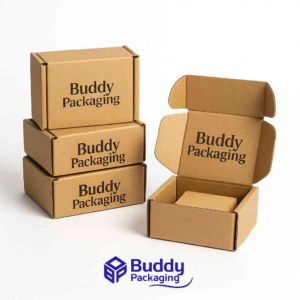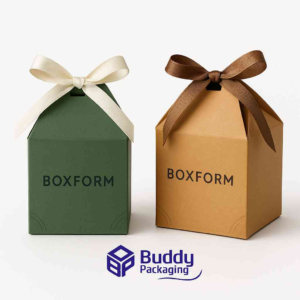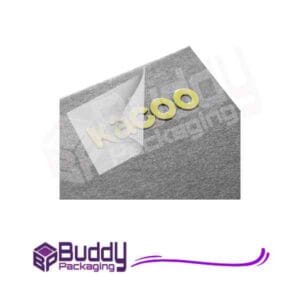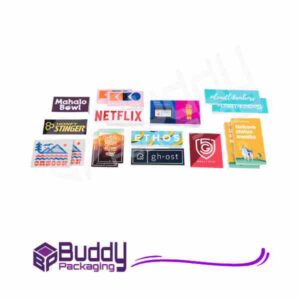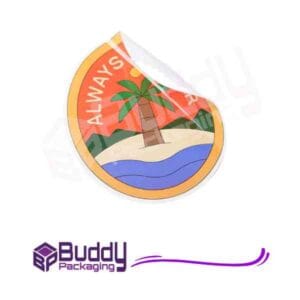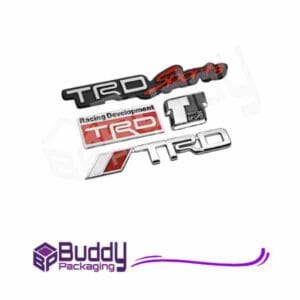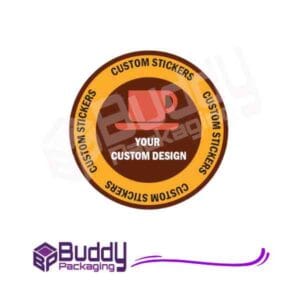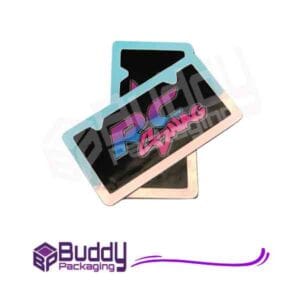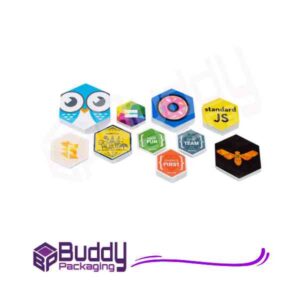Introduction
Designing boxes with customer interaction isn’t just a trend—it’s a smart strategy to connect your brand with your customers on a deeper level. In today’s saturated market, packaging isn’t just a protective shell—it is part of the brand experience. Whether you’re a startup or a global brand, you must think beyond aesthetics and create packaging that prompts engagement, sparks emotion, and fosters brand loyalty.
In this guide, you’ll learn how to design boxes with customer interaction that not only protect products but also engage customers from the moment they see the package. From QR codes and social media prompts to augmented reality and branded illustrations, this post reveals practical tactics to unleash the full potential of interactive packaging.
Why Customer Interaction Matters in Packaging
Customer interaction turns a regular unboxing into a memorable experience. With rising competition, packaging needs to be more than functional. It should spark curiosity, build trust, and encourage repeat engagement. Interactive packaging can drive social shares, boost word-of-mouth marketing, and even gather customer insights.
If your brand wants higher recall, greater customer satisfaction, and valuable post-purchase interactions, then interactive packaging design should be part of your strategy.
Understanding the Role of Box Design in Customer Interaction
Your box is often the first physical touchpoint with the customer. Whether you’re in retail or e-commerce, the moment customers open your package is a moment of truth. That’s your chance to leave a powerful impression.
When you design boxes with customer interaction, you harness this moment. It becomes more than an opening gesture—it becomes an experience. Each element—from visuals to materials—can encourage the customer to interact.
The Psychology Behind Interactive Packaging
Packaging isn’t just visual—it’s experiential. Different colours evoke emotions, textures give a luxury feel, and messages can inspire. Human psychology tells us that when customers feel involved, they remember brands better. That’s why interactive packaging works—because it makes customers participants, not just recipients.
Key Interactive Elements to Include in Packaging Design
There are many ways to design boxes with customer interaction. Here are proven techniques that deepen engagement and create memorable customer experiences:
QR Codes and Digital Engagement
Adding QR codes to packaging is a simple yet effective way to encourage post-purchase interaction. When scanned, they can lead customers to tutorials, product stories, or loyalty programs. Use QR codes to bridge the physical and digital worlds.
Social Media Triggers
Encourage customers to share their unboxing. Include hashtags or social media prompts. Offer discounts or shout-outs for tagging your brand. This not only boosts engagement but also gives you user-generated content.
AR and Gamification
Augmented reality is a powerful tool for brands looking to up their interactivity game. Imagine a box that transforms through a smartphone screen into a dynamic product story or a mini-game.
Sustainability Messaging
Modern consumers care about environmental impact. Interactive eco-messaging can prompt them to scan codes and learn how to recycle or repurpose the packaging.
Real-World Examples of Successful Interactive Box Designs
Brands like Apple and Coca-Cola have long leveraged interactive elements in their packaging. Think about Coca-Cola’s named bottle campaign—it was essentially an interactive social experiment. Meanwhile, Apple’s packaging engages customers from the moment they lift the top.
More and more companies are creating packaging that leads to digital touchpoints, rewards, or personalized messages. With thoughtful design, your brand can do the same.
How to Implement Interactive Packaging in Your Business
If you want to design boxes with customer interaction, start with clear objectives. What do you want customers to do once they receive your package? Scan? Share? Reuse?
After that, choose your interactive elements wisely. Each element should reflect your brand story and customer needs. Finally, test before launching. Small changes can make big differences in customer response.
Choosing the Right Printing and Material Options
Interactive packaging shines brightest when the materials complement the experience. If you’re considering QR codes or embossed graphics, choose materials that print well and hold colour. A textured finish may reinforce a luxury feel, while fully recyclable cardboard aligns with eco-friendly values.
If you’re looking for tailored solutions, consider exploring Custom Boxes at Buddy Packaging. Their design expertise offers endless possibilities for interactive packaging.
Practical Tips for Good Design
Stay true to your brand identity. Use colours, icons, and fonts that reflect your personality. For ideas and inspiration, check out box design tips on Creative Bloq—an excellent resource for designers and businesses.
Customer Interaction Boosts Brand Loyalty
Customers feel respected and seen when brands go the extra mile. Interactive packaging is a way to say “you matter.” That kind of care builds loyalty, inspires advocacy, and drives repeat purchases.
When done right, a box becomes a story, a memory, a conversation starter. That’s how packaging turns into a branding powerhouse.
Where to Start: Partner With Industry Experts
If you’re looking to implement interactive packaging, partnering with a reputable provider makes the process smoother. Companies like Buddy Packaging specialize in custom solutions that blend creativity and functionality.
Learn more about Buddy Packaging Location to explore how they can support your packaging goals.
FAQs
How do you design boxes with customer interaction?
Start by defining your goals and target audience. Then add elements like QR codes, storytelling messages, social prompts, or augmented reality features to encourage participation.
What is an example of interactive packaging?
An example is packaging with scannable QR codes that lead to video tutorials or exclusive offers. Another is a box that transforms visually through augmented reality.
Does interactive packaging increase sales?
Yes, interactive packaging can boost sales by creating deeper engagement, increased brand loyalty, and more social media visibility.
Is it expensive to make interactive packaging?
Costs vary based on design complexity and features. But thoughtful designs using digital engagement like QR codes can be highly cost-effective.


